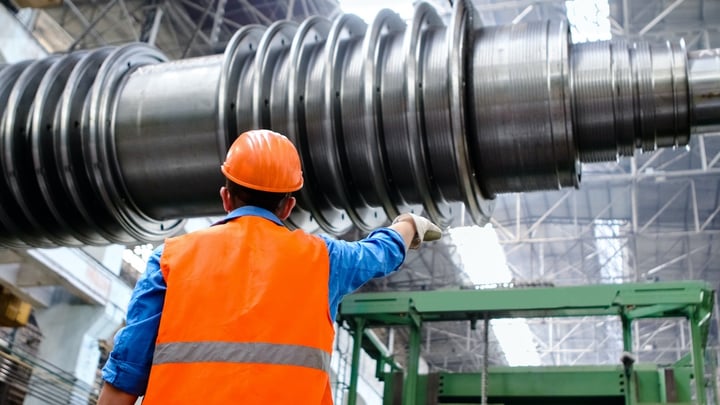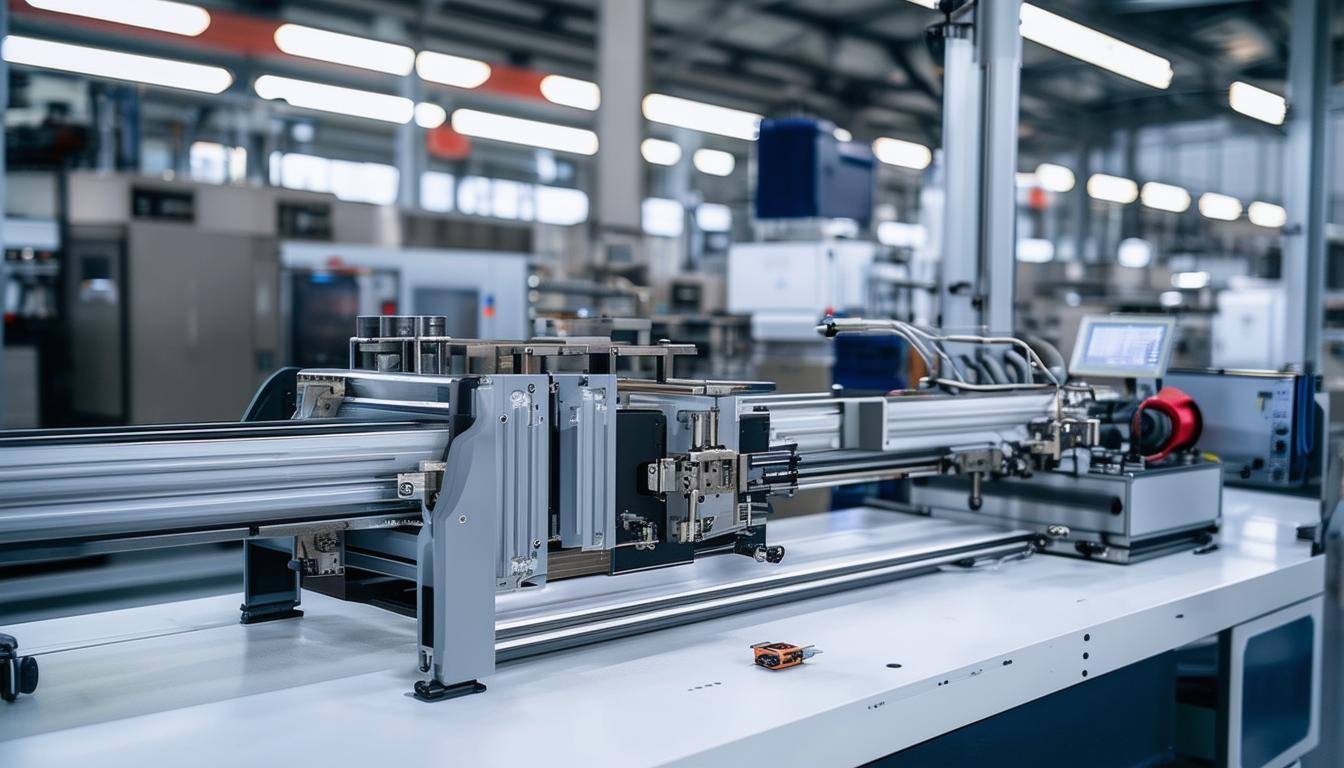SYSCON PlantStar BLOG
How Predictive Maintenance Can Extend Manufacturing Equipment Lifecycles
Aug 20, 2021 6:00:00 PM / by PlantStar Team

Manufacturing is a highly competitive industry. Suppliers make significant investments in plant equipment and try to maximize their return on such assets. One challenge has been trying to determine when to service the plant devices. Through the years, three different approaches emerged, and predictive maintenance now delivers the strongest Return on Investment (ROI).
Equipment is vital to manufacturing operations, but it is flawed. Sometimes, apparatus breaks down, production lines grind to a halt, and vendors lose money — lots of money. In fact, a study found that equipment failures accounted for 42% of all downtime and cost U.S. industrial manufacturers $50 billion annually.
A Troika of Choices
In response, vendors developed different maintenance processes designed to extend their equipment’s lives. Three popular options are Run-to-Failure (RTF), Preventative Maintenance, and Predictive Maintenance.
RTF is a reactive strategy, which is sometimes called “Fit and Forget”. The company does not repair an asset until a failure occurs. In fact, no maintenance tasks are performed on any asset, only repairs once it goes caput.
This approach has been popular. In fact, more than half of US companies (55%) rely on RTF to service their gadgets.
This approach often seems cost-effective. However, the inconsistent nature of breakdowns makes it hard to prepare both available labor and parts for repairs, resulting in unplanned expenses, lost productivity, overtime expenses, and a dubious reliance on spare part availability. As a result, other approaches have been gaining traction.
A Proactive Rather than Reactive Approach to Equipment Maintenance
The next two maintenance options are proactive, designed to service equipment before it breaks down. Preventive maintenance involves regularly performed, planned maintenance. Updating tasks are scheduled based on either set time intervals or equipment trigger points, such as a conveyor belt whirling for the 1,000 cycles.
The idea is to tune the device before it is about to fail. Theoretically, checking, cleaning, and maintaining equipment periodically increases an asset’s life span. Therefore, it becomes more reliable and extends its usability.
This approach seems logical, but how effective it is is an open question. Breakdowns often follow an intermittent rather than a set schedule. In fact, a study by Boeing found that 85% of all equipment failed randomly no matter what preventive maintenance measures were applied to them. Given that, many manufacturers are turning to predictive maintenance.
What is Predictive Maintenance?
Predictive maintenance starts by collecting device performance information. The advent of intelligent sensors, via the Internet of Things, enables suppliers to collect such data as their apparatus functions.
In addition, Manufacturing Execution System (MES) systems gather a wide range of performance data. They note items, like Cycle Time, Shot Size, Injection Pressure, Hold Pressure, Hold Time, Cushion, and Position. Production data including Machine and Tool Cycles, Good and Bad Part Counts, Up Time and Down Time, Reject, Assist and Downtime Events.
Artificial intelligence and machine learning and data analytics gauge an asset’s typical efficiency and wear and tear based on items, like vibration analysis, oil analysis, and thermal imaging. The software then creates predictive models based on algorithms that outline trends that identify when an asset will need to be repaired or retired before, rather than on or after, its due date. Such information can be correlated to devices over time, so machinery lifecycles are lengthened, and downtime lowered.
Predictive Maintenance Saves Money
Data from the U.S. Department of Energy indicates that predictive maintenance is extremely cost effective. Putting a functional predictive maintenance program in place can yield a tenfold increase in ROI, 25%-30% reduction in maintenance costs, 70%-75% decrease of breakdowns and 35%-45% reduction in downtime.
Some businesses have already reaped such benefits. UPS manages over 55,000 drivers and more than 100,000 vehicles globally. The delivery company collected over 16 petabytes of data, including information about engine performance and the condition of the vehicles as well as speed, number of stops, mileage, and miles per gallon. UPS predictive maintenance program saved the company millions of dollars by reducing breakdowns and extending the equipment life for their fleet of trucks.
Manufacturers are under intense pressure to squeeze as much ROI as they can out their plant equipment. How to maintain such devices so they meet that objective has been an evolving area of debate. Leveraging information from MES solutions, they can now apply new software technology to extend the equipment, lower downtime, improve production runs, and boost the company’s profit margins.
To discover other benefits of MES systems, check out the articles below, or visit our blog.
Topics: Manufacturing Execution Systems
Subscribe to Email Updates
Posts by Topic
- Manufacturing Execution Systems (37)
- manufacturing solutions (16)
- MES 101 (13)
- Industry 4.0 (11)
- improve efficiency (10)
- Plastic Molding (9)
- Plastics Technology (9)
- mes software (9)
- mes solutions (9)
- MES hardware (8)
- Shop Floor Production (8)
- digital transformation (7)
- Reduce scrap (6)
- data-driven-decisions (6)
- lean manufacturing (6)
- Medical molding (5)
- process monitoring (5)
- product quality (5)
- lights-out manufacturing (4)
- manufacturing dashboard (4)
- production monitoring (4)
- ERP integration (3)
- Shop Floor Safety (3)
- supply chain management (3)
- Injection Molding Technology (2)
- defect collection (2)
- machine mes (2)
- process variables (2)
- digital strategy (1)
- labor gap (1)
- throughput (1)


